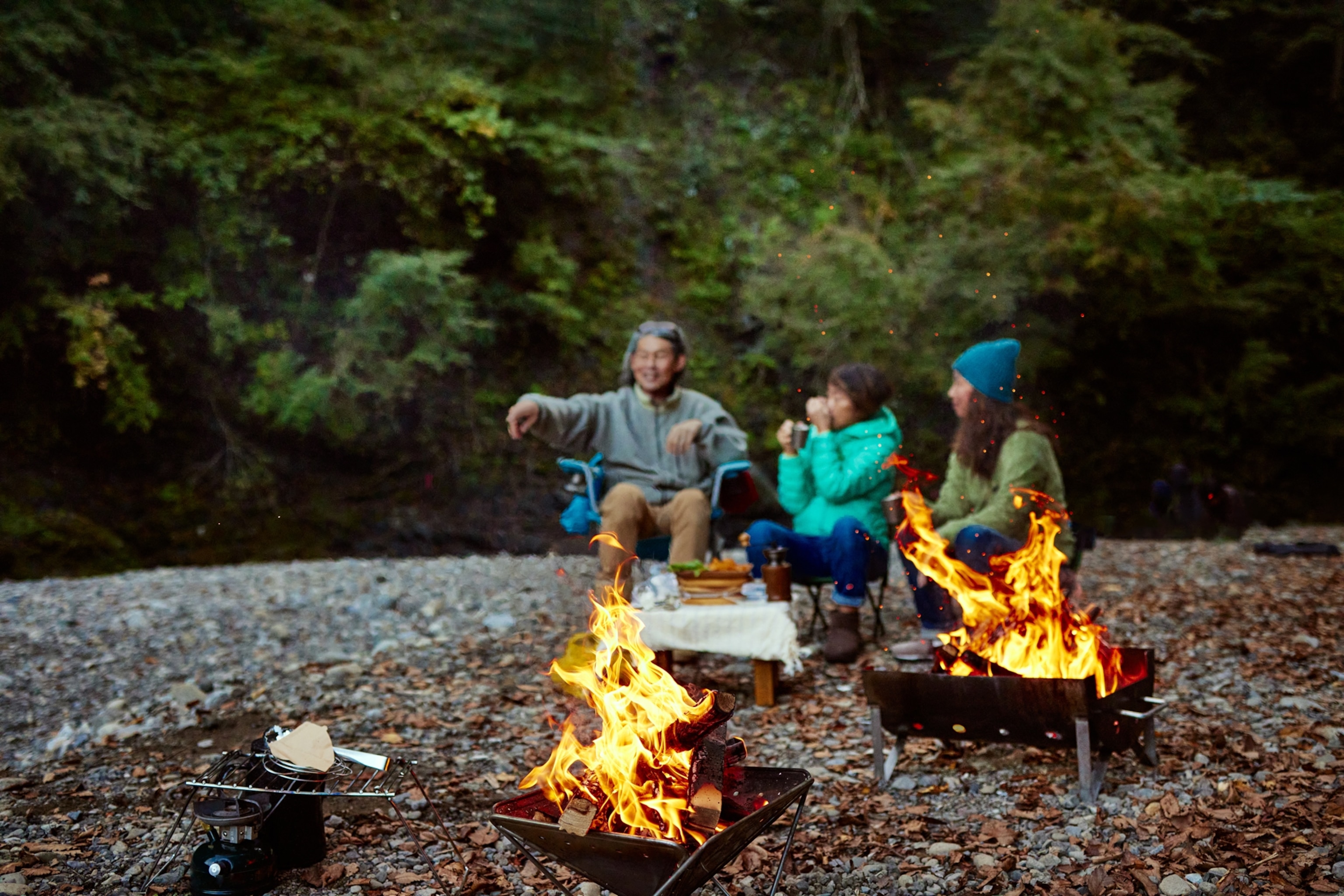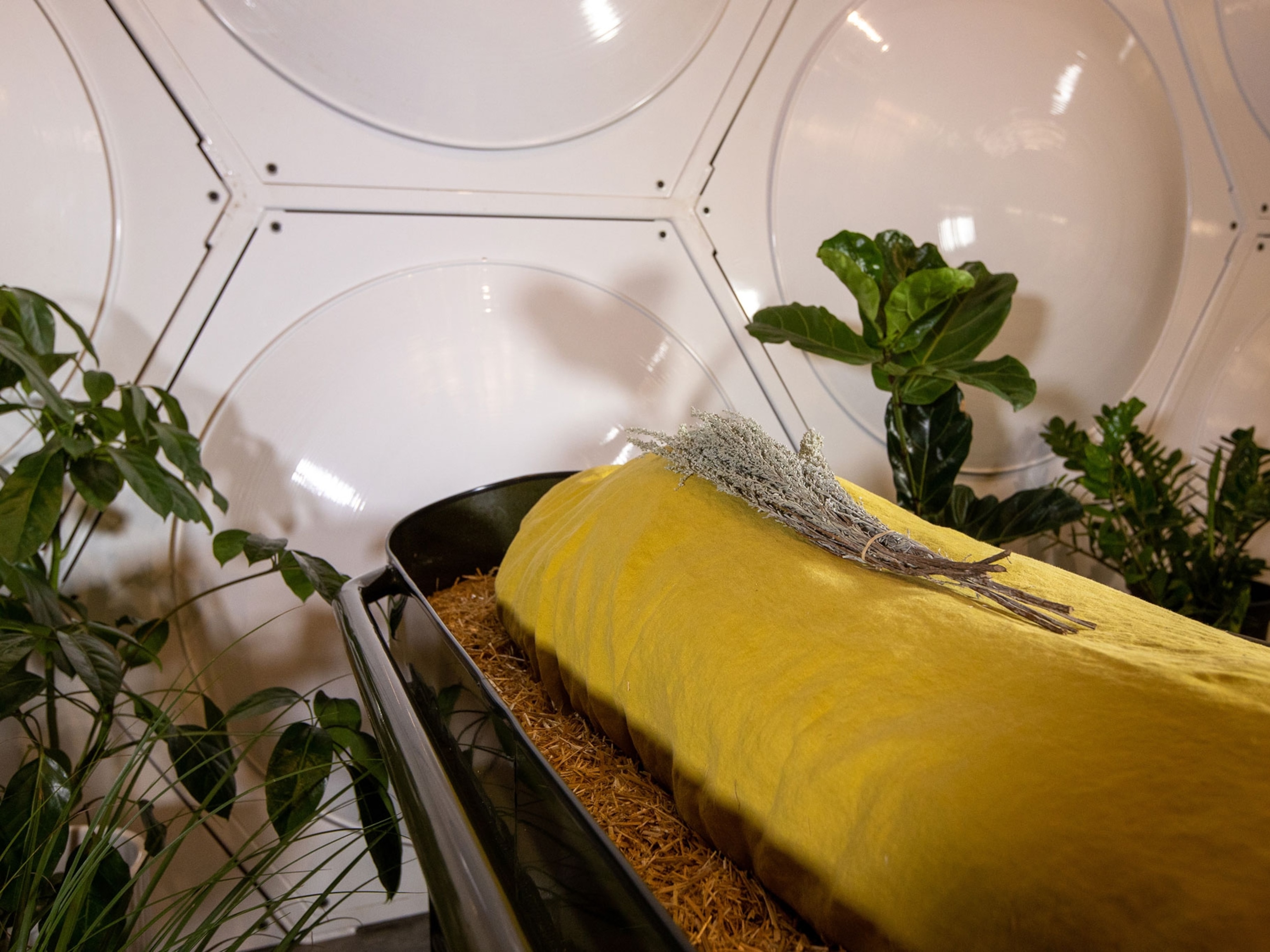
Planning to go camping? Try these eco-friendly tips.
These ideas and activities will help you leave the outdoors as great as you found it.
Get the essentials
If you’re an occasional camper, can you forgo costly new clothes and gear (and the carbon footprint left by their manufacture)? Instead, try borrowing from outdoorsy friends, renting from outfitters, or shopping for used gear and apparel at sites such as wornwear.com.
Campsite seclusion
Some campgrounds, like some cities, suffer from overtourism. Why choose a destination where your visit compounds that? Skip the popular spots touted on social media; instead, look for sites described as “tucked away,” “spacious,” and “low-key” in travel guides and visitors’ reviews. (The new National Geographic book 50 States, 500 Campgrounds is available at books.disney.com and where books are sold.)
Raid your kitchen
Pack reusable meal supplies, not single-use items: dishes, cutlery, cups, and water bottles. Take along bins to separate recyclables from trash at the campsite. Don’t leave waste in a fire ring, as most of it decomposes slowly: for example, up to two years for a banana peel.
Toiletries, batteries
Products we use at home can contain ingredients that are bad for the environment. For campsite use, be sure to get toothpastes, soaps, shampoos, and other hygiene products that are explicitly labeled biodegradable. For camping with another essential, the mobile phone: The blog at CampingForFoodies.com lists tools that can charge a phone battery, from a hand-cranked weather radio to a wood-burning camp stove.





